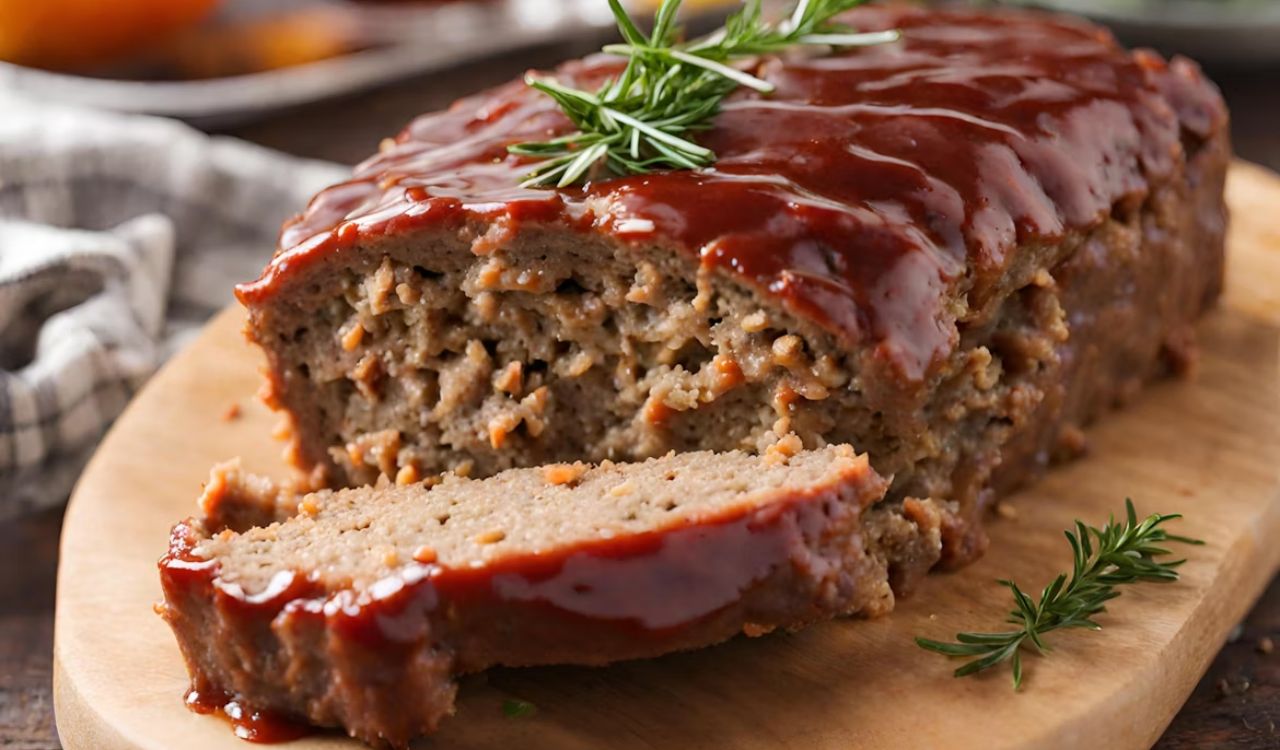11 Mistakes Everyone Makes With Sauerkraut (And the Surprising Story Behind This Tangy Classic)

Sauerkraut is easy to make, but even small missteps can spoil its texture, taste, or safety. Knowing the most common mistakes and how to prevent them helps you achieve crisp, tangy, probiotic‑rich results every time. With the right approach, your homemade sauerkraut will be both flavorful and nutritious, offering a healthy, delicious classic you can enjoy on its own or as a perfect addition to countless dishes.
Not Tasting the Cabbage for Salt

Salt is the key to crisp, safe, and flavorful sauerkraut, but relying only on a recipe’s volume measurement can give poor results. Aim for about 1.5–2.5% salt by weight of cabbage for self‑brining, and use a 2–3% salt solution when you need to top up brine. After shredding the cabbage, add the weighed salt, mix well, and let it rest until liquid forms. If you must add liquid, use properly salted, dechlorinated water rather than plain water to maintain safe salinity.
Not Shredding Cabbage Finely Enough

Thicker pieces of cabbage can take too long to soften and may not ferment evenly, leaving you with uneven flavor and texture. Fine, even shreds give more surface area for the brine to work, letting good bacteria spread faster. Use a mandoline, sharp knife, or food processor to create thin slices. This helps the cabbage soften evenly, develop a consistent tang, and stay pleasantly crunchy instead of chewy or tough.
Ignoring Brine Maintenance
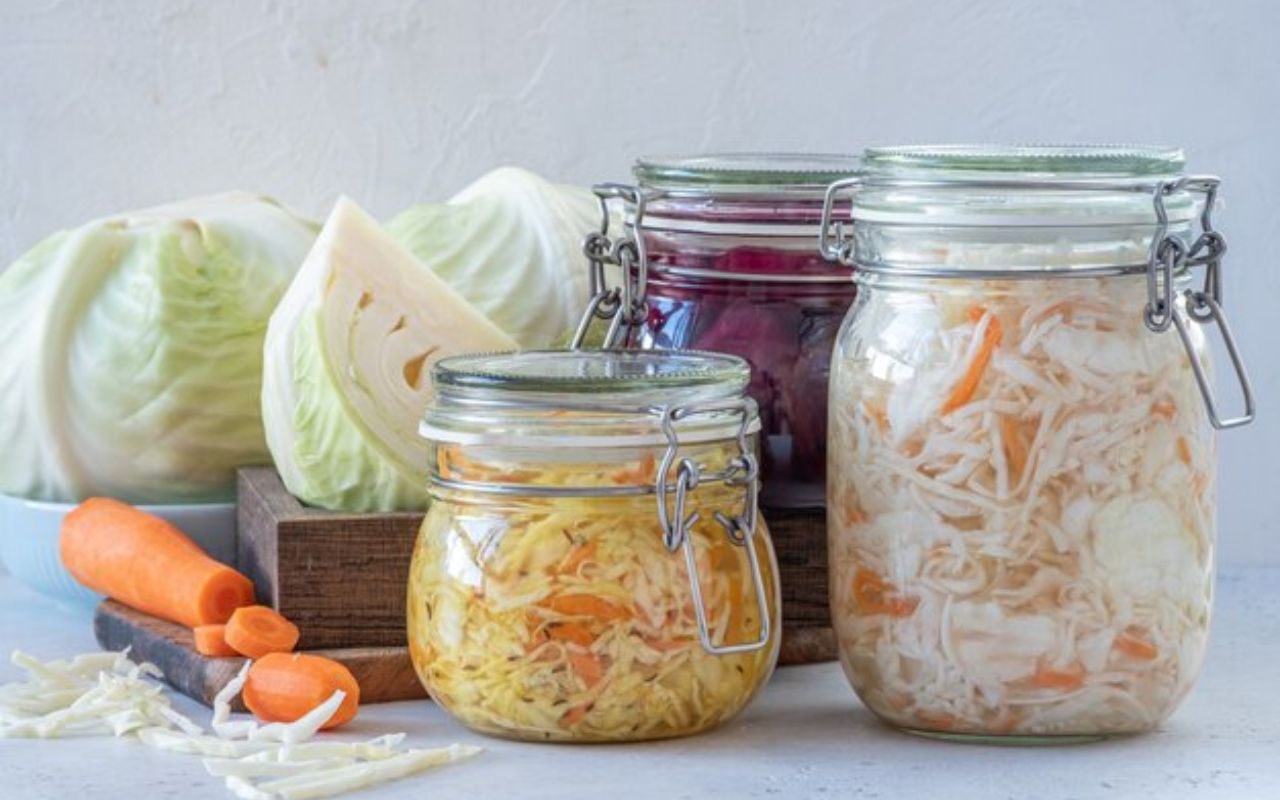
Consistent brine levels are key to a safe, flavorful sauerkraut. Over time, overflow, absorption, or temperature swings can lower the brine, leaving parts exposed to air and vulnerable to mold. Check your ferment routinely to ensure the cabbage is still fully covered, topping up with a 2–3% saltwater solution if needed. This quick step keeps harmful microbes at bay and supports beneficial bacteria, resulting in crisp, tangy sauerkraut every time.
Not Using the Outside Cabbage Leaf
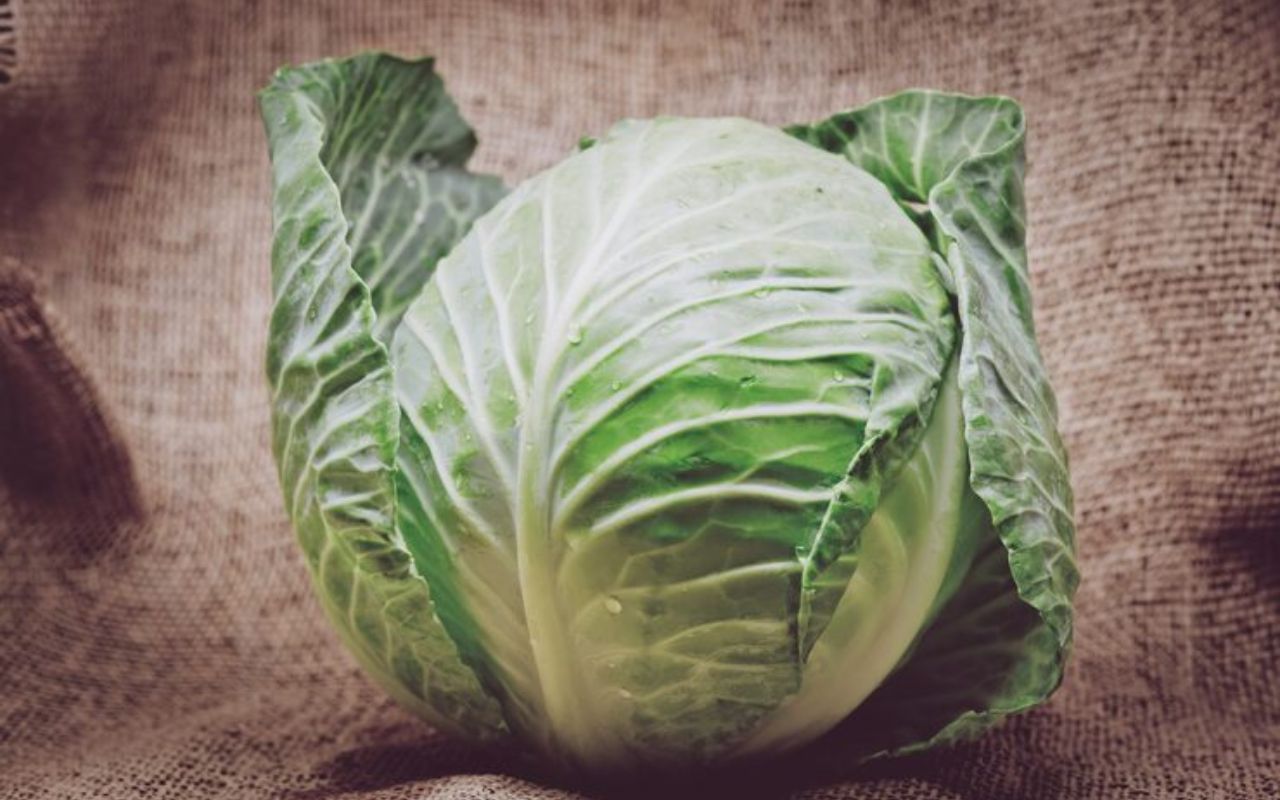
Loose cabbage bits tend to float during fermentation, exposing them to air and potential mold. Placing one or two clean outer leaves on top of your packed cabbage acts like a barrier, trapping smaller pieces beneath the brine. This easy step keeps the ferment neat and protected without special tools. When the batch is done, simply remove the outer leaves and enjoy the perfectly submerged shreds underneath.
Using the Wrong Fermentation Weight
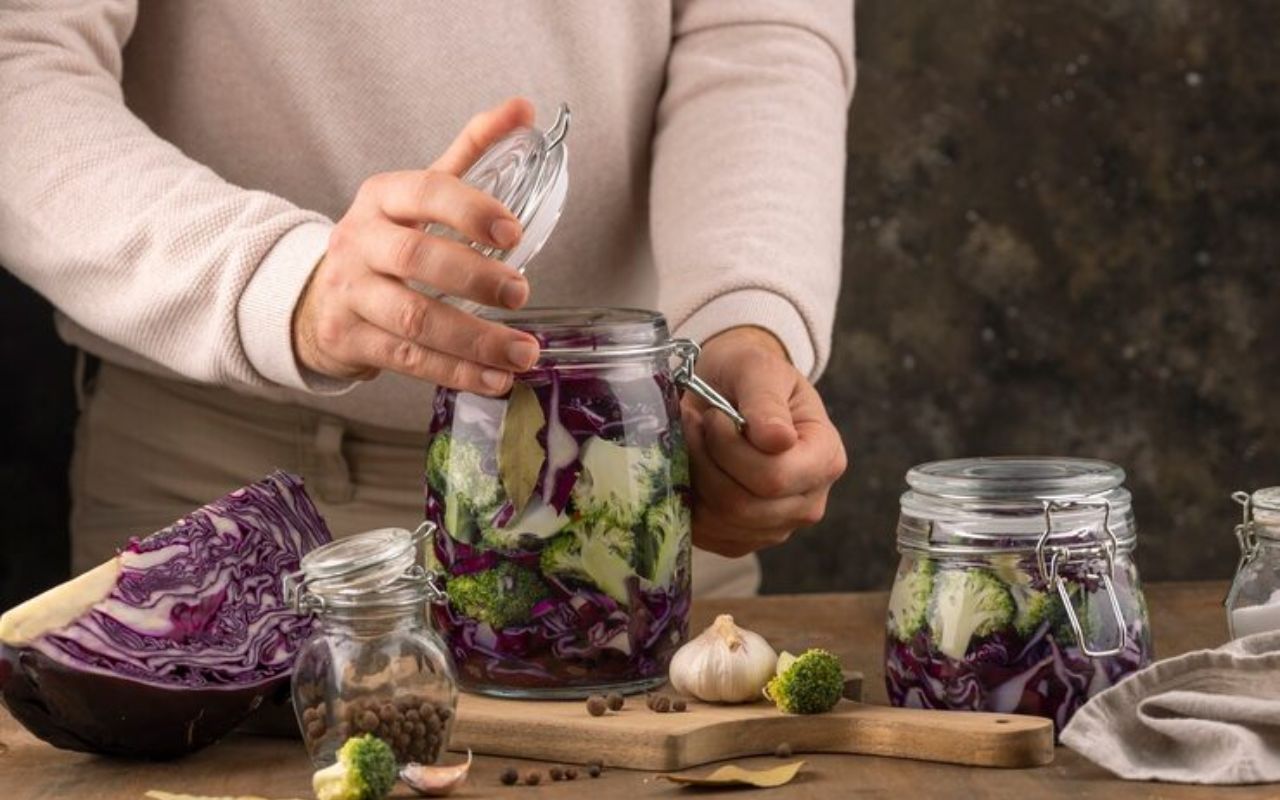
Without a proper weight, cabbage can rise above the brine, where it can dry out, spoil, or grow mold. You don’t need fancy equipment: glass fermentation weights, a small clean jar filled with brine, or a food‑safe bag of brine all work. The goal is to keep everything under the liquid at all times so the good bacteria thrive and unwanted microbes stay away. Consistent submersion means consistent results.
Filling Jars Too Much
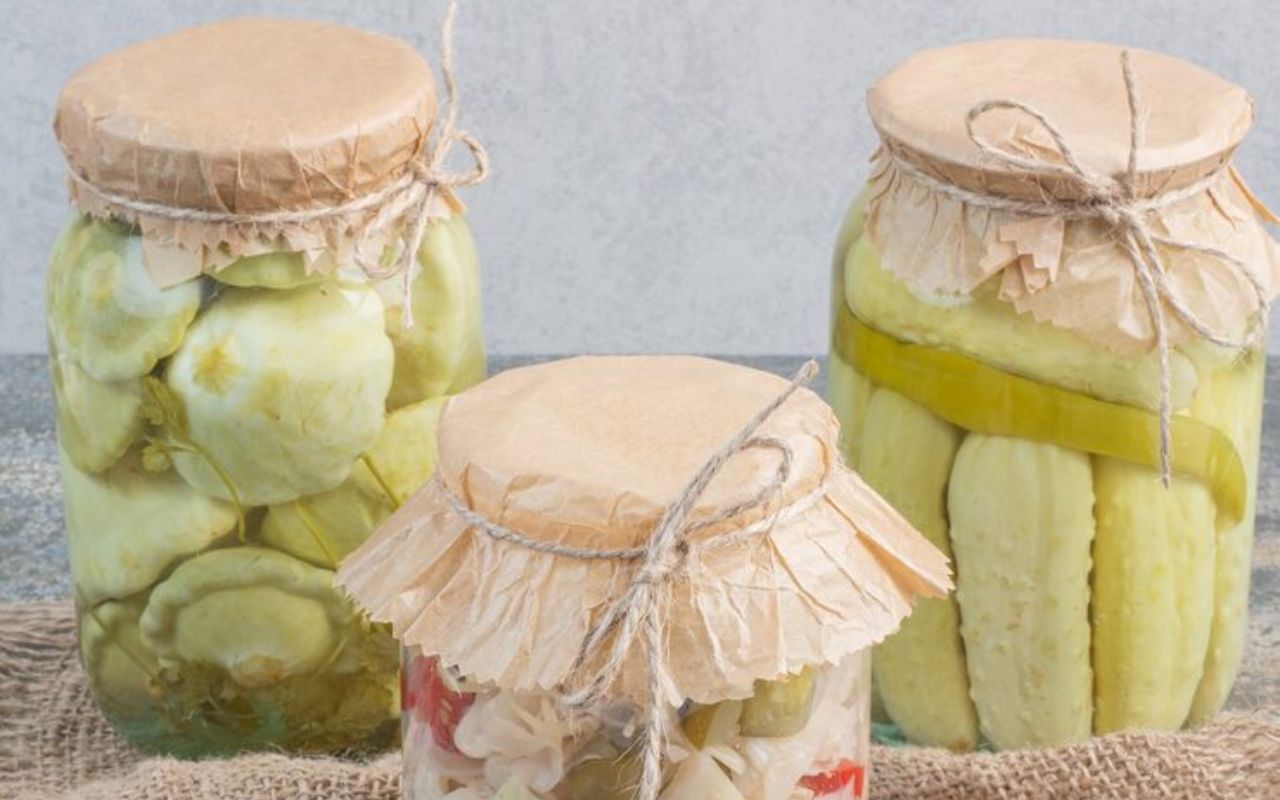
Packing jars to the very top leaves no space for brine expansion or gas release during fermentation. As the cabbage ferments, bubbles form, and liquid can overflow, creating a mess or even forcing cabbage out. Leave about 1–2 inches of headspace to fit weights and allow brine to rise naturally. This extra room keeps your jar tidy, prevents waste, and allows fermentation to happen without pressure problems.
Rushing the Process
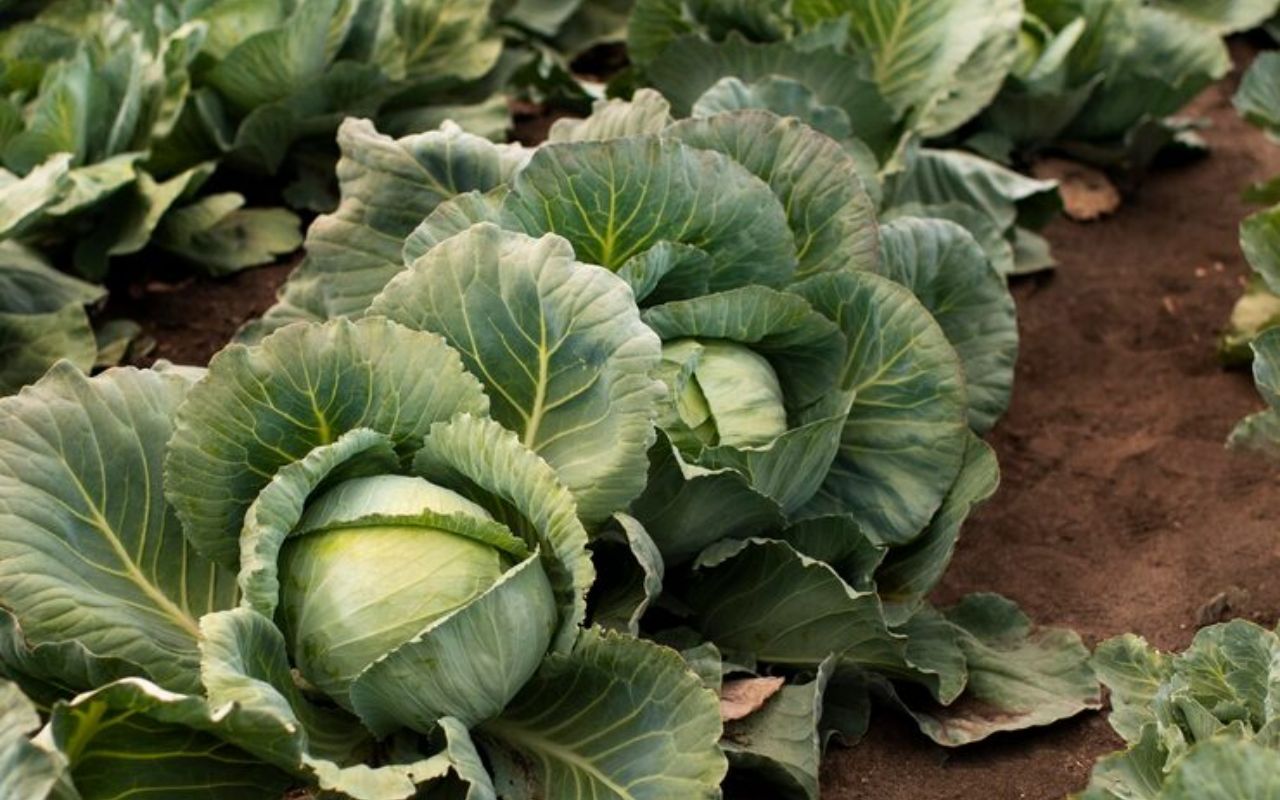
Sauerkraut’s flavor and texture improve with time, so patience is key. Pulling it too soon gives you a bland, underdeveloped ferment. Depending on temperature, most batches at 70–75°F take about 3–4 weeks, and cooler rooms can take 5–6 weeks or longer. Watch for the color change and taste for that tangy balance; letting it ferment fully rewards you with deeper, richer flavors and a more satisfying crunch
Not Allowing Gas to Escape
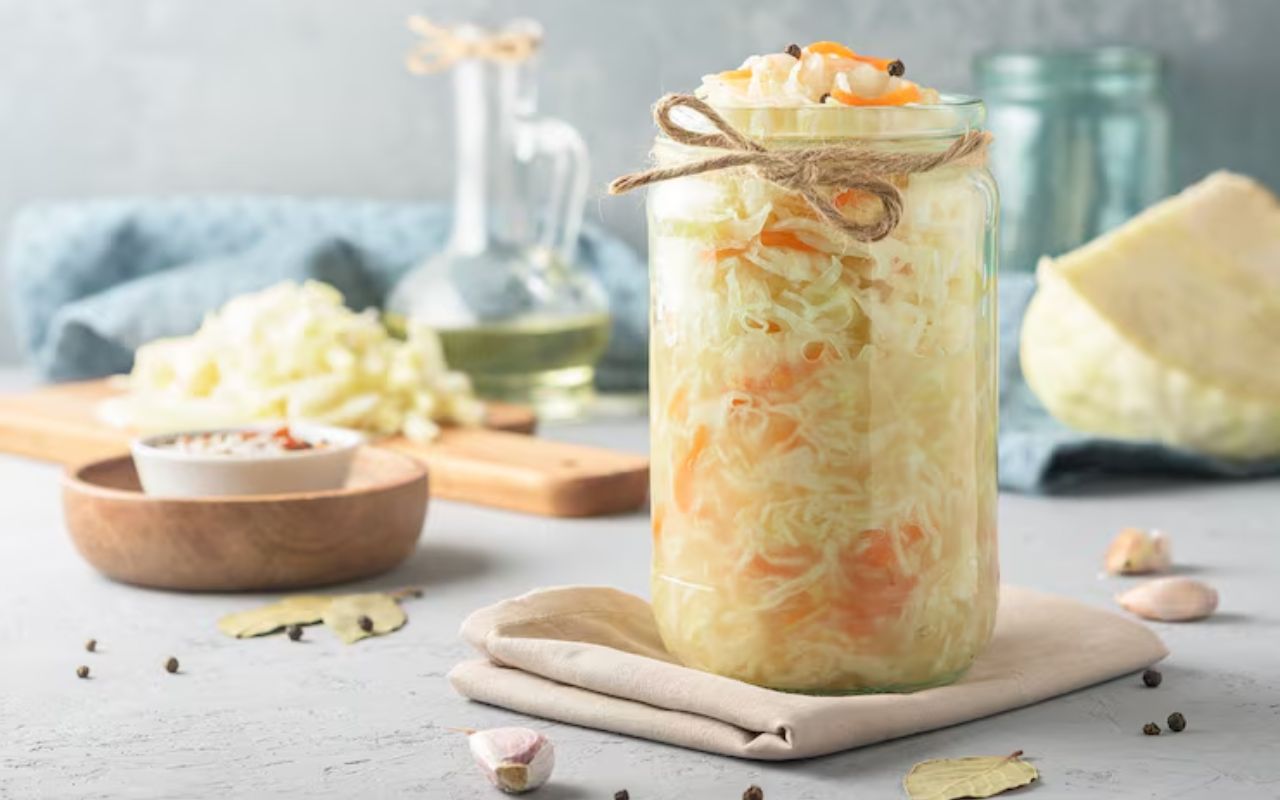
During fermentation, bacteria create carbon dioxide, which needs a way out. If trapped, the pressure can cause leaks or even break jars. You can prevent this by using airlock lids that automatically release gas, or by keeping your jar lid slightly loose to vent. This simple step protects your ferment while keeping contaminants out, making the process smoother and safer.
Not Securing the Cabbage Beneath the Brine

If cabbage rises above the brine, it’s exposed to air, inviting mold, yeast, and unpleasant odors. To avoid this, always press the cabbage down and use a proper weight, like a fermentation stone or a clean jar, to keep it submerged. The brine protects the cabbage and allows beneficial bacteria to do their work, creating crisp, tangy sauerkraut. Checking and adjusting as needed ensures the ferment stays safe, flavorful, and free from spoilage.
Sealing the Jar Too Tightly
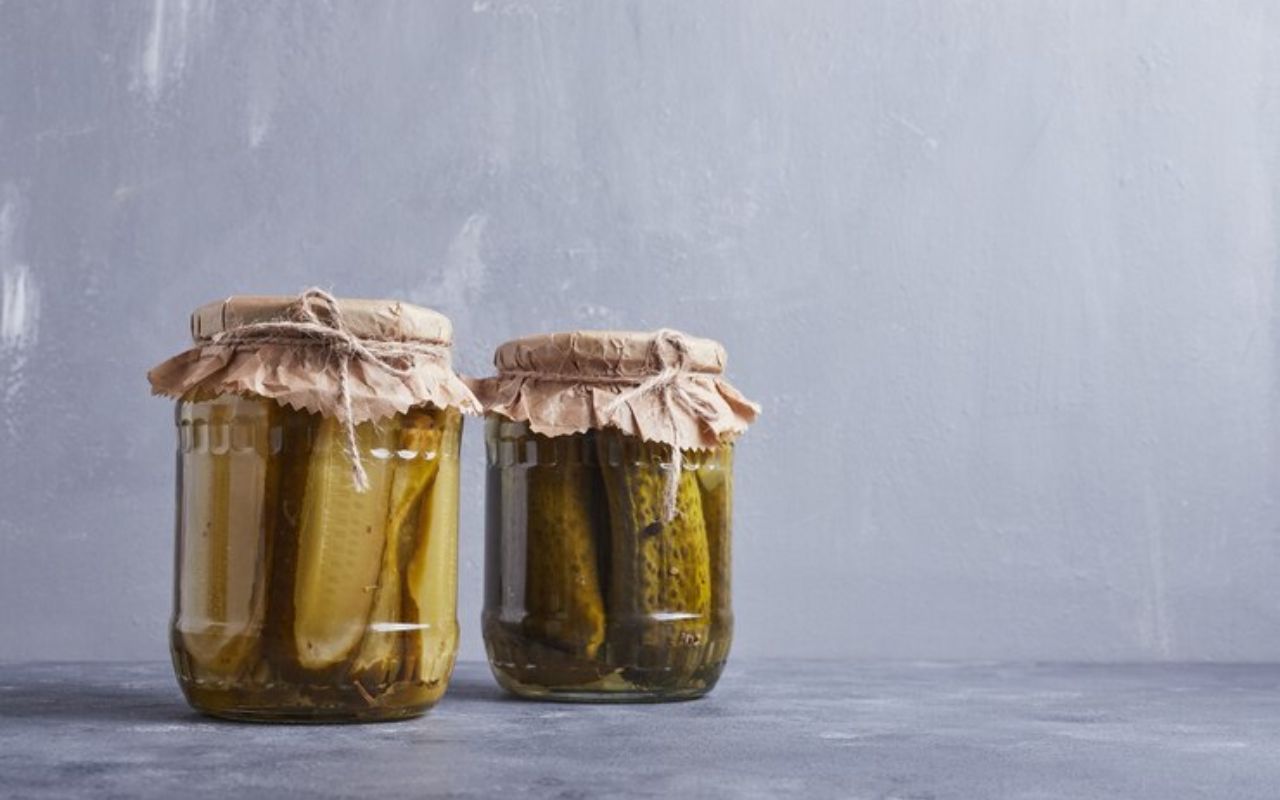
During fermentation, cabbage releases gases that need to escape. If your jar is sealed too tightly, pressure can build up, risking leaks, spills, or even breakage. Use an airlock lid, a loose‑fitting cover, or leave the lid slightly loose to allow gases to escape. This lets your sauerkraut ferment safely while maintaining its fresh, tangy flavor and perfect crunch.
Leaving Unwanted Growth Untouched
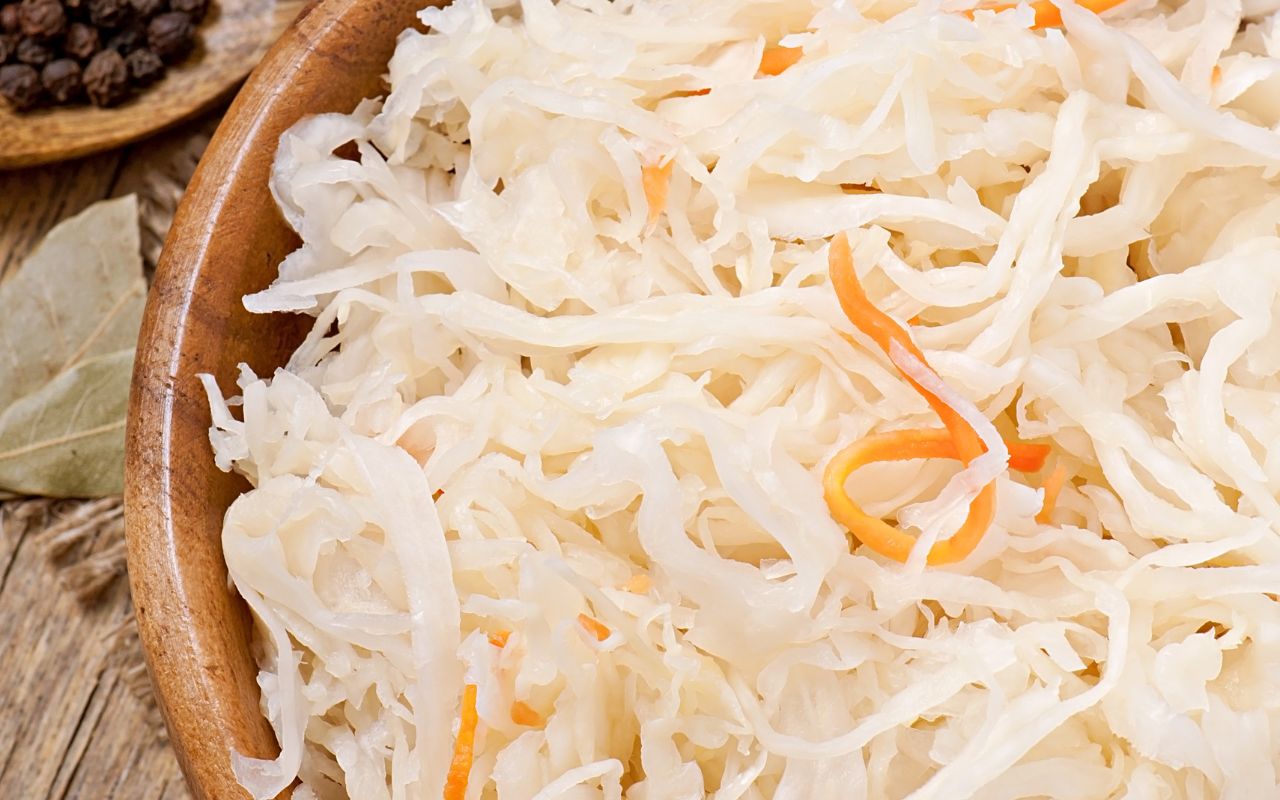
During fermentation, you may notice a thin white film (often kahm yeast) forming on top of the brine. While commonly harmless, leaving it there can affect flavor and smell, and fuzzy mold must be discarded entirely. Skim off any surface film with a clean spoon, discard any solids that touched it, and keep everything submerged. This simple step protects flavor and texture and helps you achieve crisp, tangy sauerkraut every time.





